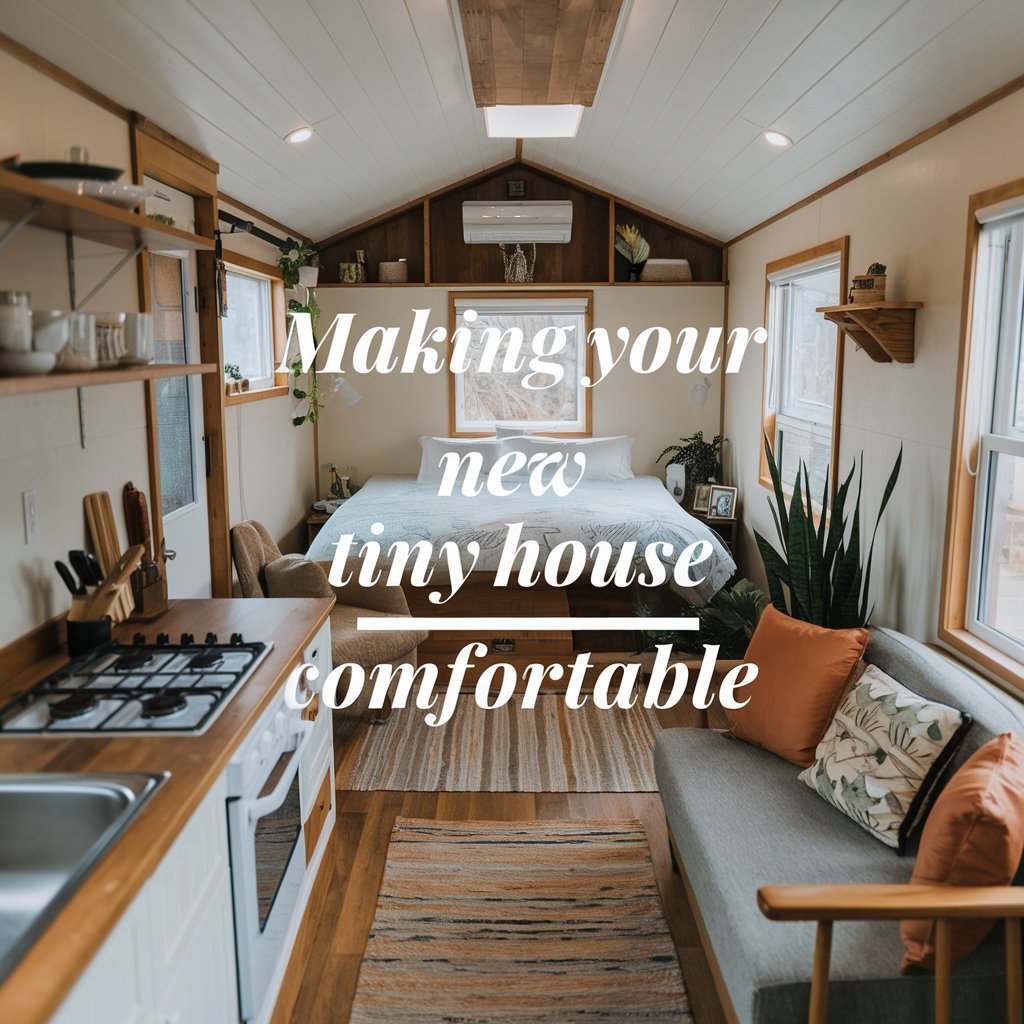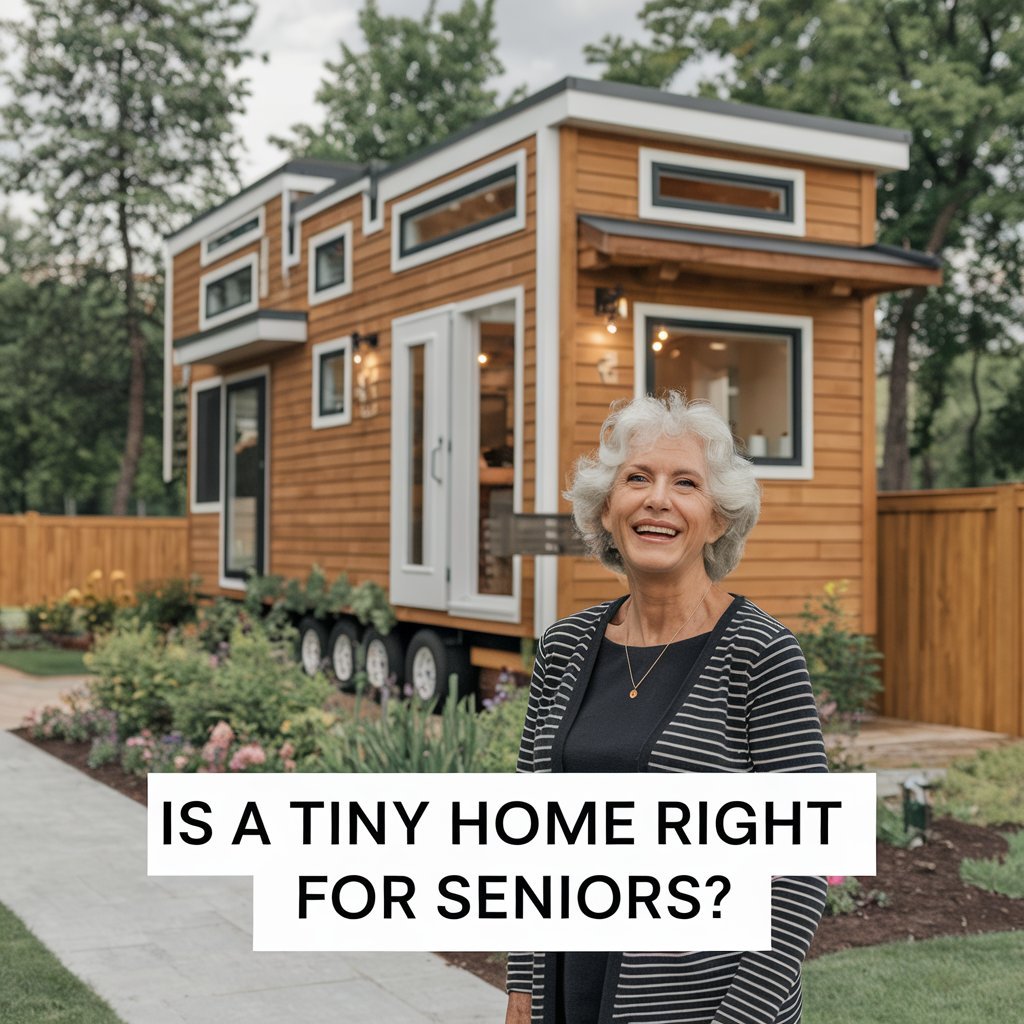Modern travel often feels rushed. Airports and packed schedules leave little room to savor the journey. But imagine waking up to mountain views one morning and ocean waves the next—without packing a suitcase. This is the reality for those embracing compact living spaces designed for adventure.
Years ago, families spent weeks planning cross-country road trips. Today, a new movement merges home comfort with exploration. These innovative dwellings let you carry your entire life behind a vehicle, blending stability with spontaneity. You’re no longer tied to a single location or rigid vacation timelines.
This approach redefines what it means to own property. Instead of settling in one place, your living space adapts to your curiosity. Whether chasing warmer climates or exploring national parks, every mile becomes part of your daily routine. It’s not just about saving time—it’s about creating a life where discovery never stops.
Key Takeaways
- Modern travelers increasingly value experiences over traditional vacation routines
- Mobile living spaces combine home comforts with the freedom to explore
- Geographical flexibility reshapes how people approach home ownership
- Adventure-driven lifestyles prioritize minimalism and spontaneous travel
- This housing trend challenges conventional ideas about stability and community
Embracing the Benefits of Mobility with a Tiny House on Wheels
Travel enthusiasts are redefining home with wheels beneath their feet. These compact dwellings let you chase autumn colors in Vermont one week and spring wildflowers in Texas the next. You’ll never miss a sunset or sunrise when your bedroom window frames nature’s best shows.

Freedom to Roam, Comfort to Stay
Modern house designs prioritize smart layouts over square footage. Built-in benches transform into guest beds, while fold-down desks create instant offices. Clever storage hides kitchenware and gear, keeping spaces clutter-free even during cross-country journeys.
| Feature | Traditional Travel | Tiny House Travel |
|---|---|---|
| Accommodation | Hotel reservations | Your own bed nightly |
| Storage | Limited luggage | Custom organization |
| Sustainability | Single-use toiletries | Solar-powered systems |
Road-Ready Amenities
Many models include composting toilets and rainwater collectors. These systems let you camp remotely for days while maintaining modern comforts. You’ll find USB ports beside reading nooks and induction cooktops under retractable counters.
This lifestyle isn’t about roughing it—it’s about carrying what matters. From national park trails to coastal highways, your tiny house becomes both transportation and sanctuary. Every mile marker brings new possibilities without sacrificing daily routines.
The Freedom of Travel and Lifestyle Flexibility
Geographical constraints dissolve when your living space rolls with you. Modern adventurers swap fixed addresses for ever-changing horizons, whether chasing summer festivals or winter ski slopes. This approach transforms ordinary vacations into extended cultural immersions.

Exploring New Destinations with Ease
Cross-continent journeys become practical with a road-ready home. Families can breakfast in Arizona’s red rock country and dine beneath Oregon’s pine forests. Unlike rigid hotel bookings, this lifestyle lets you pivot routes based on weather or newfound interests.
Three distinct travel patterns emerge among owners:
| Travel Style | Frequency | Key Advantage |
|---|---|---|
| Nomadic Exploration | Weekly location shifts | Continuous discovery |
| Seasonal Migration | 3-4 moves yearly | Climate optimization |
| Opportunity Chasing | As needed | Career/education access |
Urban explorers appreciate compact homes that fit into city RV parks. Nature lovers nestle into national forest campgrounds. Some residents report 40% savings compared to traditional vacation costs while gaining richer experiences.
This way of living tiny removes barriers between daily life and adventure. You’ll find farmers’ markets become grocery runs, while scenic overlooks double as office views. Every mile traveled writes a new chapter in your life story.
Innovative Tiny House Technologies and Sustainable Design
Modern innovations transform mobile dwellings into marvels of efficiency. These compact structures now feature advanced systems that simplify nomadic lifestyles while protecting natural resources. Skepticism about technical complexity fades when users discover how intuitively everything works.

Automated Systems and Self-Sufficiency
Solar panels and lithium batteries power entire tiny homes for days. Built-in sensors monitor water tanks and energy levels, sending alerts to smartphones. Composting toilets require no plumbing, turning waste into garden-ready material within weeks.
Rainwater harvesting systems filter 200+ gallons through dual-stage purification. This design lets travelers camp remotely without sacrificing clean showers or dishwashing capabilities. Many models maintain comfortable temperatures using recycled denim insulation and vented roofs.
Intuitive Towing and Setup Mechanisms
New trailer designs make hitching effortless. Weight distribution hitches and electric brakes stabilize even on mountain roads. The tongue jack lowers with a hand crank, while automatic leveling systems adjust to uneven terrain in minutes.
| Feature | Traditional RV | Modern Tiny House |
|---|---|---|
| Power Source | Generator-dependent | Solar/wind hybrid |
| Waste Management | Chemical tanks | Odorless composting |
| Setup Time | 45+ minutes | Under 15 minutes |
Retractable awnings and fold-out decks maximize outdoor space when parked. These smart solutions prove that living tiny doesn’t mean compromising comfort. Every system works together to create seamless transitions between destinations.
Lifestyle Enhancements and Cost-Effective Living

Choosing compact dwellings reshapes both budgets and environmental footprints. While initial investments may surprise, long-term savings prove substantial. Owners often redirect funds toward travel or education instead of oversized mortgages.
Financial Advantages Compared to Conventional Homes
Monthly expenses tell a compelling story. The average U.S. renter spends $1,200 monthly, while tiny house loans average $300-$400. Off-grid models eliminate utility bills completely through solar panels and rainwater systems.
| Expense | Traditional Home | Compact Living |
|---|---|---|
| Monthly Payment | $1,500+ | $400 max |
| Utilities | $200-$500 | $0-$80 |
| Maintenance | 2-4% home value | 90% less |
These savings accelerate debt repayment or fund experiences like international travel. Smaller spaces also discourage impulse purchases, naturally boosting savings.
Environmental Sustainability and Mindful Living
Compact homes use 80% less energy than standard houses. Their size enforces efficient habits—meal plans reduce food waste, while multipurpose furniture replaces disposable items. Many residents report donating 60% of former belongings.
This lifestyle aligns with climate action goals. Smaller carbon footprints and reduced resource consumption directly combat urban sprawl. Owners often adopt renewable energy systems, further minimizing their environmental impact.
Conclusion
Adventure seekers are trading stationary lives for mobile freedom. Compact dwellings let people redesign their way of existing—waking up to new landscapes while keeping familiar comforts. Financial freedom emerges through lower bills, while eco-friendly designs align with climate-conscious lifestyle choices.
This path demands adaptability. Storage solutions replace excess belongings, and multi-use furniture serves evolving needs. Not everyone thrives in 200 square feet, but those who do gain unprecedented control over their surroundings.
Tiny homes on wheels redefine success beyond square footage. They enable cross-country relocations for seasonal work or family connections. Each destination becomes a classroom, teaching resourcefulness and environmental stewardship.
As cities grow denser, these rolling residences offer alternatives to urban sprawl. They prove that house ownership can mean flexibility rather than permanence. For the right individuals, this shift sparks lasting transformations in how we live and explore.



